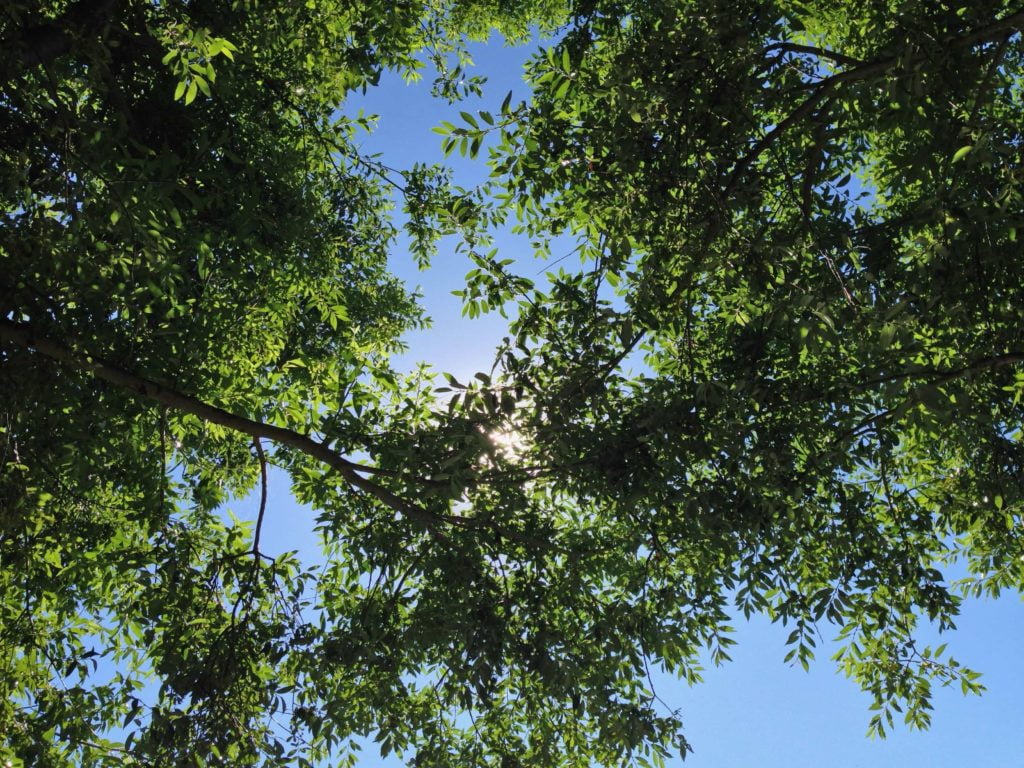Table of Contents
Introduction
Climate Change is a big problem in our current living environment.
The greenhouse section ensures that life on earth is possible. After all, it ensures that the temperature on earth is virtually constant or that it always remains somewhere between -30 ° C and 60 ° C. Our atmosphere, which also contains greenhouse gases, keeps energy input and output in balance and prevents us from moving from one extremum to another.
For example, not all solar radiation will enter the atmosphere. And limiting the energy supply if the sun reaches a part of the earth (limiting the maximum temperature). The earth is heated as a result and this heat will turn radiate back to the atmosphere. If the sun does not shine, this could lead to extreme cooling of the earth. But due to the greenhouse gases in the atmosphere, the heat is partially retained so that the cooling remains limited (minimum temperature limit).
Burning of fossil fuels can lead to Carbon dioxide emissions into the atmosphere and the emissions of other GHGs. Such as natural gas, crude oil, and coal. While this is harmful to the environment. There is an attempt to make up for these harmful effects, and that is to buy the carbon offsets.
The Dynamics of Climate Change
Climate Change Overview Embarking on our exploration, let’s first grasp the essence of climate change. It refers to long-term alterations in temperature and weather patterns on Earth. The primary drivers include human activities like burning fossil fuels and deforestation, leading to an intensified greenhouse effect.
The Ripple Effect on Biodiversity Delving into the heart of the matter, it profoundly impacts biodiversity. Changing temperatures and habitats force many species to adapt or face extinction. The delicate balance of ecosystems is disrupted, emphasizing the urgent need for conservation efforts.
Extreme Weather Events: Unraveling the Connection Witnessing a surge in extreme weather events, from hurricanes to wildfires, begs the question: How are these phenomena linked to climate change? Unpacking this connection reveals a complex web of atmospheric changes, emphasizing the urgency of mitigative measures.
Understanding the Causes
Human Activities: A Catalyst for Change Human actions play a pivotal role in driving climate change. The burning of fossil fuels, industrial processes, and deforestation contribute to the release of greenhouse gases, amplifying the greenhouse effect and elevating global temperatures.
Deforestation: Unmasking its Impact Zooming in on a critical factor, deforestation emerges as a key contributor. Beyond reducing carbon sequestration, deforestation disrupts ecosystems, endangering countless species. Efforts to combat global warming change must include robust measures against deforestation.
The Role of Carbon Footprint Our daily choices collectively contribute to our carbon footprint, influencing the planet’s climate. From transportation to energy consumption, understanding and reducing our carbon footprint is essential for effective climate action.
Solution Climate Change

Reduce the use of electrical energy and we use less fossil fuel. And with the following app, you can do this. The “Turn Off the Lights Browser extension” and “Turn Off the Lights for Desktop” are the software to help you. Here you can reduce the brightness of your screen. And you will save energy.
Climate Change: A Closer Look
Melting Ice Caps and Rising Sea Levels The repercussions of climate change are tangible in the melting of ice caps and rising sea levels. Coastal communities face increasing threats, emphasizing the need for adaptation strategies and international cooperation.
Impact on Agriculture: Feeding a Growing Population Examining the intricate relationship between climate change and agriculture, we find altered precipitation patterns and extreme weather events jeopardizing food security. Sustainable agricultural practices are paramount to mitigating these challenges.
Conclusion
In conclusion, understanding and addressing climate change is not merely a choice but a collective responsibility. As we navigate the complexities outlined in this article, let’s embrace the call to action. By fostering a global commitment, making informed choices, and advocating for sustainable practices, we can collectively contribute to a resilient and sustainable future.
FAQ about climate change
How does climate change affect sea life?
It disrupts marine ecosystems through ocean acidification and temperature changes, threatening the livelihoods of countless marine species.
Can individuals make a difference in combating climate change?
Absolutely. Small, consistent changes in lifestyle, such as reducing waste and adopting sustainable practices, collectively contribute to the global effort against climate change.
What role do governments play in addressing climate issues?
Governments play a pivotal role in crafting and implementing policies to curb emissions, invest in renewable energy, and foster international cooperation on climate-related issues.
Are there natural factors contributing to climate change?
While natural factors like volcanic eruptions can influence climate, the current warming trend is predominantly attributed to human activities.
How urgent is the need to address climate issues?
The urgency is paramount. Immediate action is required to prevent irreversible damage and secure a sustainable future for generations to come.
What can businesses do to combat climate issues?
Businesses can adopt sustainable practices, invest in green technologies, and prioritize environmentally friendly initiatives to reduce their carbon footprint.
Did you find technical, factual or grammatical errors on the Turn Off the Lights website?
You can report a technical problem using the Turn Off the Lights online technical error feedback form.